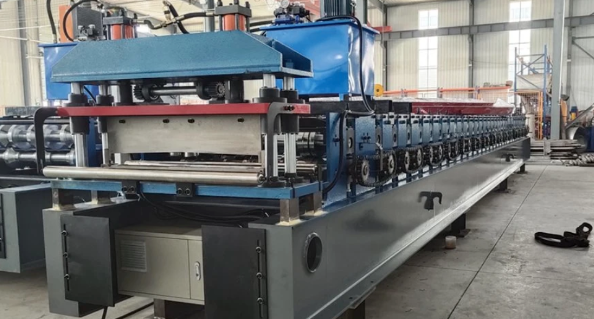
Posted on Monday, September 30, 2024
Starting a roll forming business requires a range of equipment and tools to ensure efficient and precise metal forming. Whether you’re starting small or planning a large-scale operation, having the right machinery can make all the difference. Here’s a breakdown of the must-have equipment for different budgets:
The heart of your operation is the roll forming machine itself. Roll forming machines shape metal into desired profiles using a series of rollers. Your choice of machine will depend on the profiles you wish to produce (roof panels, gutters, decking, etc.).
Uncoilers hold and feed the metal coils into the roll forming machine. This is crucial for maintaining a smooth workflow and preventing material from jamming or tangling.
Roll forming machines require a cut-off system to trim the formed metal into the required lengths.
A runout table is used to support and handle the finished product as it exits the roll forming machine.
If you plan to produce decorative or structurally enhanced profiles, embossing machines are essential. Similarly, punching machines may be necessary for adding holes or slots to the profiles.
To transport and store metal coils and finished profiles, you’ll need forklifts, overhead cranes, and storage racks.
Modern roll forming machines come equipped with PLC (Programmable Logic Controllers) that allow operators to control the speed, precision, and output of the machine.
Consistent quality is vital in any roll forming operation. You’ll need measuring tools, gauges, and possibly inspection systems to ensure your products meet specifications.
Starting a roll forming business requires careful investment in machinery and tools. By tailoring your equipment to your budget and production needs, you can start small and gradually scale up your operation. Whether you focus on smaller manual machines or invest in fully automated systems, each piece of equipment plays a critical role in ensuring efficient and high-quality production.
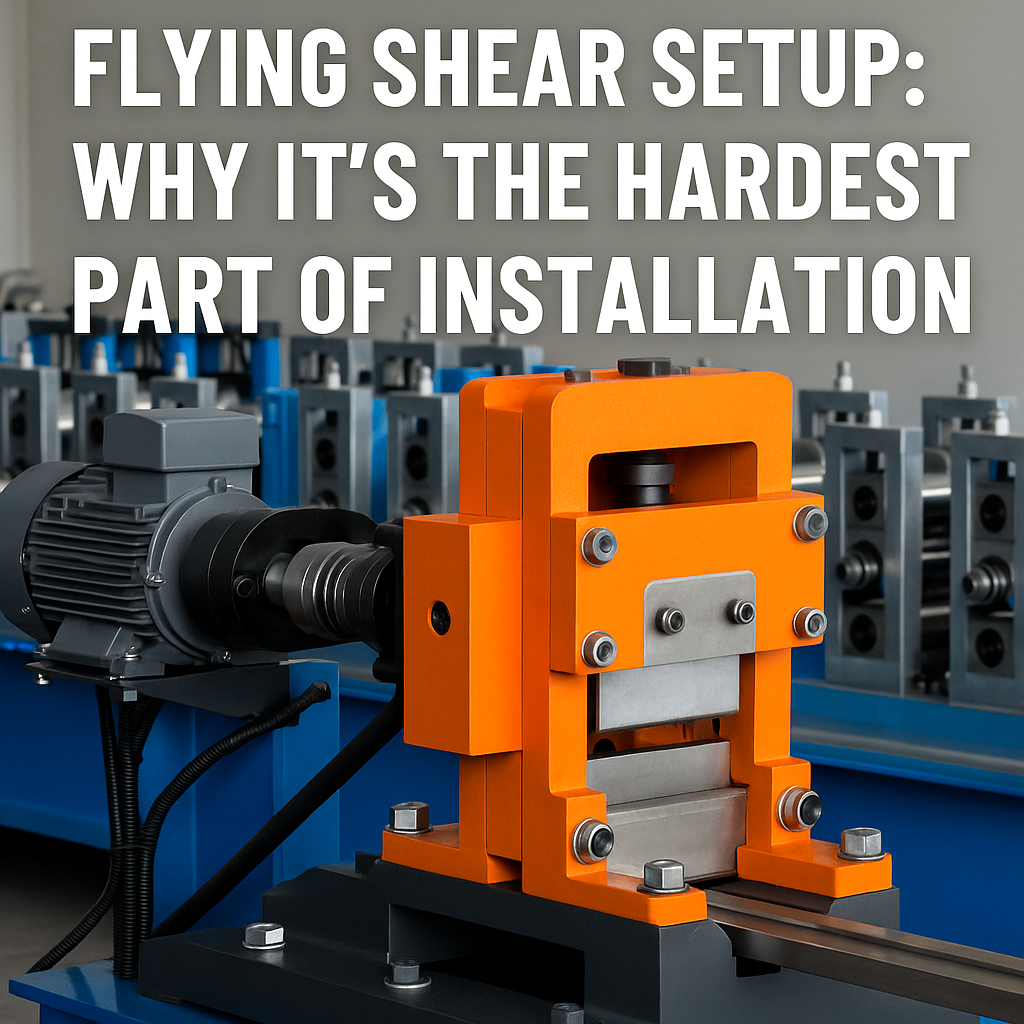
Flying Shear Setup: Why It’s the Hardest Part of Roll Forming Machine Installation
Posted on Monday, November 24, 2025
If you want a header image, meta description, or series continuation, just tell me.
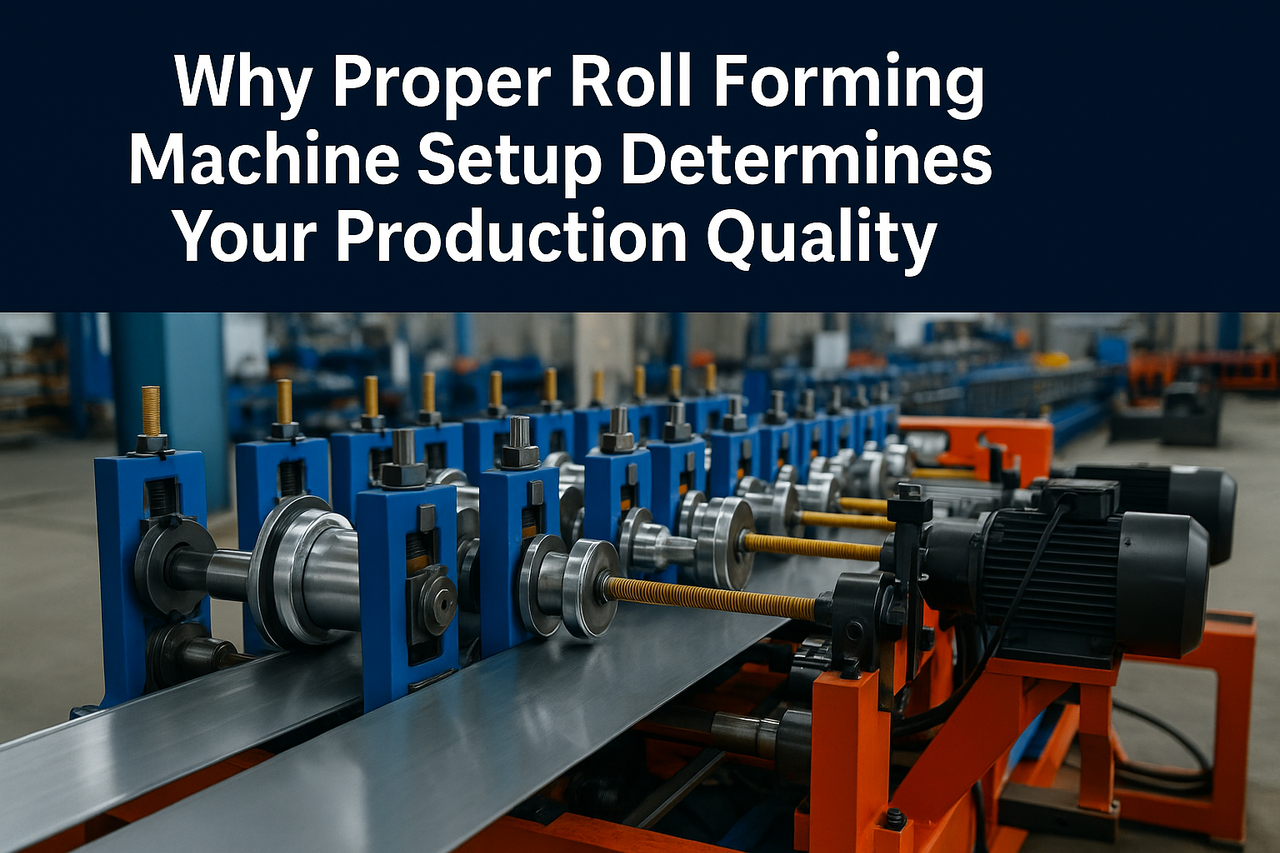
Why Proper Roll Forming Machine Setup Determines Your Production Quality
Posted on Monday, November 24, 2025
The #1 factor that decides accuracy, scrap rate, speed, and consistency.
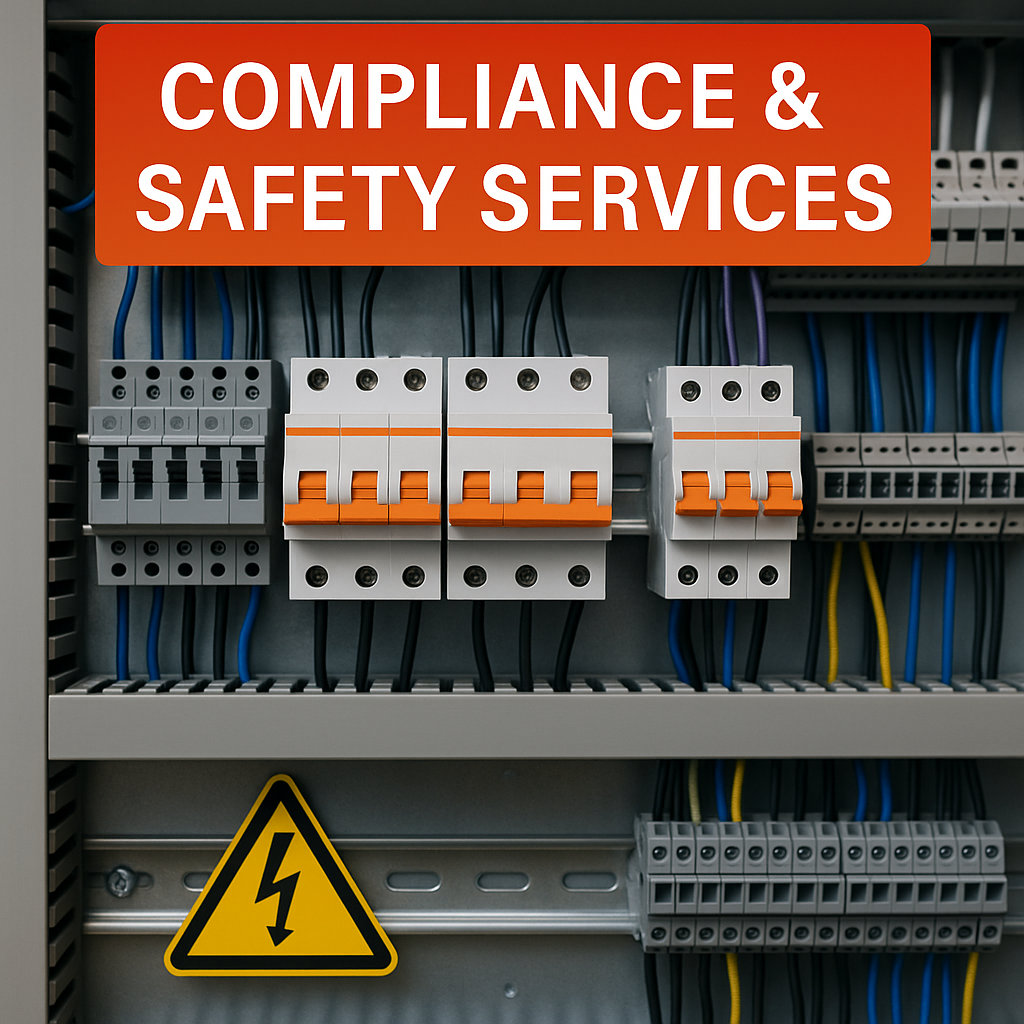
Compliance & Safety Services for Roll Forming Machines — Full Guide
Posted on Sunday, November 23, 2025
How Machine Matcher keeps your machines safe, legal, and fully compliant with CE, UL, and UKCA standards.
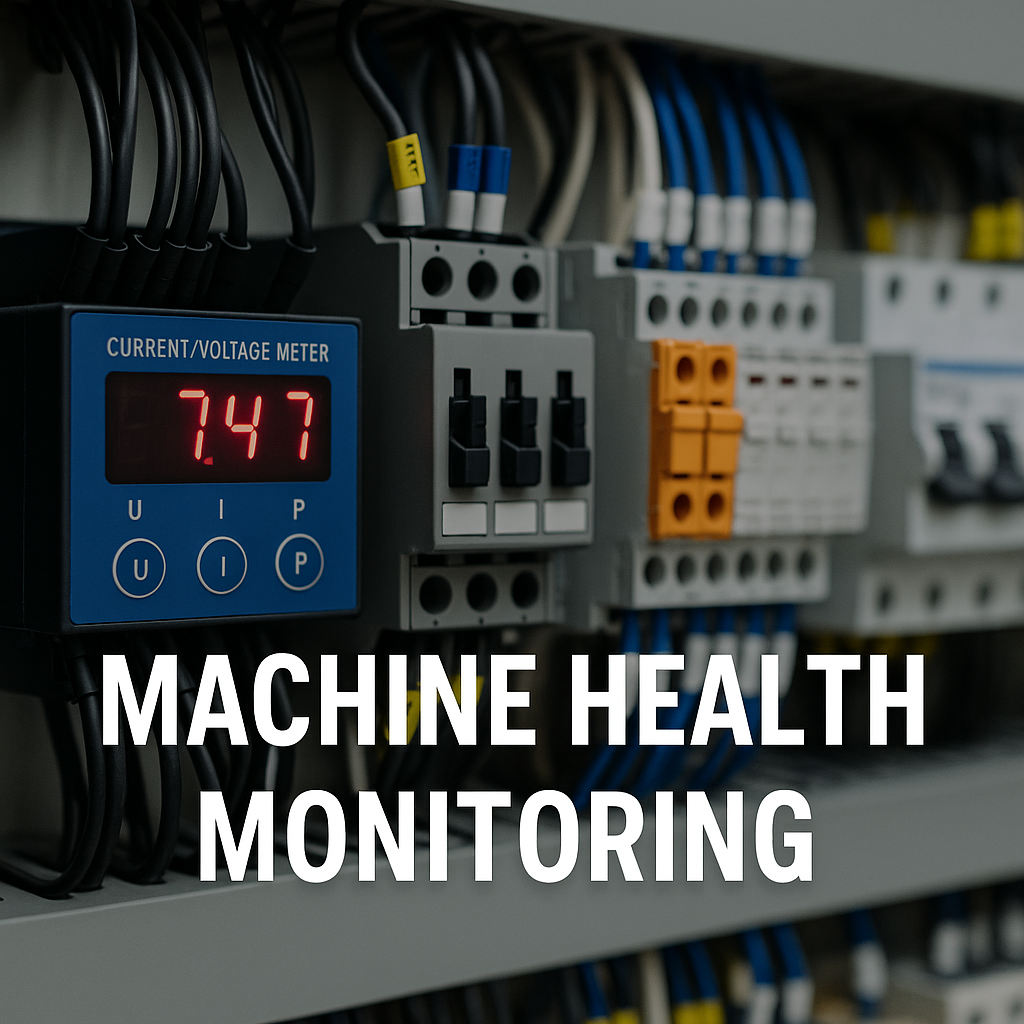
Machine Health Monitoring for Roll Forming Machines — Complete Diagnostic Service Guide
Posted on Sunday, November 23, 2025
Continuous diagnostics that prevent breakdowns, reduce downtime, and extend machine life.
Copyright 2025 © Machine Matcher.